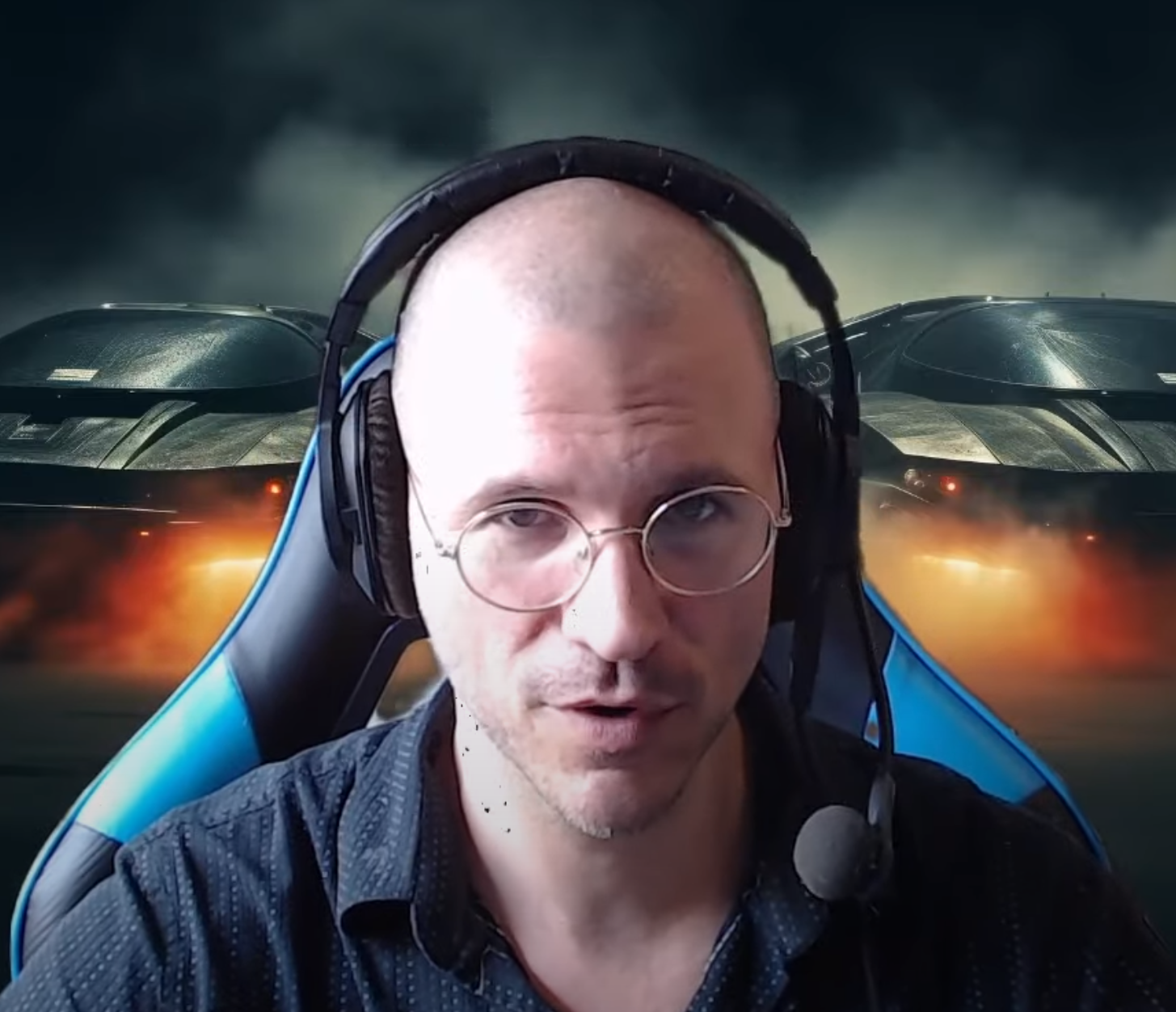
Dan Violet Sagmiller
He/Him
I’m an expert in game technology, having worked in most capacities, including game design, network algorithms, 3D modelling, management, architecture, tech art and most extensively in programming. Multiple MVPs from Microsoft. Helped write the Unity Expert Programmer Certification exam. Expert in low-level C# (yes, it’s a thing :). Published author in game tech. Taught game and other tech at multiple Universities and acted as an advisor to multiple colleges and businesses. Interesting fact: Despite developing custom physics, AI algorithms, network prediction and 3D deformations, I can’t read mathematical notation beyond the basics and had to learn most of this by discovery.

PRF Physics. From 200 Cars, to 10K
TG Lightning Talks @ Melbourne International Games Week 2025
For *reasons*, I wanted to make an AGR (Anti-Gravity Racing) game that could render and process physics for at least 10,000 cars in real time. PhysX was not up to the task (about 200cap & not entirely accurate). So I wrote my own physics engine to replace Unity’s (works in other engines too), and got the numbers demonstrating a 50X performance increase, with 100% perfect results.
The secret was similar to SDF (Signed Distance Field) physics, but its needs were different. After reiterating this, I’ll briefly explain SDF Physics, show what my AGR game needed, and the simple replacement I built for it.
Proximity Repulsion Field has a small memory footprint. In some cases, a single cache line. It can follow a spline with only a single function and minimal data. And it’s small code too.

Dan Violet Sagmiller
He/Him
I’m an expert in game technology, having worked in most capacities, including game design, network algorithms, 3D modelling, management, architecture, tech art and most extensively in programming. Multiple MVPs from Microsoft. Helped write the Unity Expert Programmer Certification exam. Expert in low-level C# (yes, it’s a thing :). Published author in game tech. Taught game and other tech at multiple Universities and acted as an advisor to multiple colleges and businesses. Interesting fact: Despite developing custom physics, AI algorithms, network prediction and 3D deformations, I can’t read mathematical notation beyond the basics and had to learn most of this by discovery.